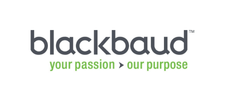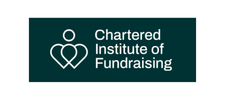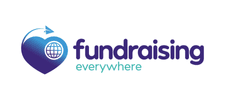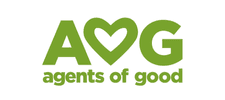Fundraisers, are you ready for a potential cyber attack?
Jack Steadman of Blue State shares cyber security tips that he believes could help ensure your organisation is equipped to prevent data and key information from being hijacked.
- Written by
- Jack Steadman
- Added
- September 15, 2022
Last year companies in the United States of America saw a 105 per cent surge in cyber attacks designed to hold platforms and data to ransom. What was once viewed as a government focused issue has now become something that every organisation needs to be aware of.
So, do you have an approach and counter strategy in place, in the event of a cyber attack at your charity?

If your answer is no, I recommend getting one ready now because cyber attacks are growing in every sector.
Natural disasters and humanitarian relief are moments that crystallise public support for non-profit organisations – leading to rapid increases in website traffic and online donations. Armed conflict can generate similar humanitarian needs. And increasingly, the term ‘war’ is not only referring to fighting in a conflict zone – it can also include cyber warfare too. For organisations serving the world at these critical moments, your rapid response should include an increased focus on cyber security that works alongside your fundraising and communication plans.
For corporate organisations, with targeting restrictions growing and third-party cookie removals coming in 2023, there is a re-emphasis on first-party data both in terms of acquisition and journey development. Being cyber secure is a crucial part of generating and keeping trust with consumers. In short, you don’t want to be the organisation letting your donors know they have to change their password quickly for security reasons.
And of course, for government and advocacy organisations, the sophistication and volume of such attacks continues to grow. Organisations need to get ahead of cyber attacks with more than a strategy to implement (should the worst happen), but a prevention plan too.
So where do you start?
I have pulled together some quick wins and tips that could help you better equip your organisation for the future – and be prepared for a potential cyber attack.
1. Start by making sure that the version of your CMS (content management system) platform and all plugins are up to date, and that security patches have been applied. Confirm with the hosting provider that the same is true of their server software. All major hosting providers do this as part of their routine maintenance procedures, but it’s worth double-checking.
2. Look at the security features offered by the CMS platform (or available via reputable plugins) and take measures to harden the platform against attack. Some examples of this include:
- enabling and requiring multi-factor authentication for administrator accounts
- requiring strong passwords, and setting limits on failed login attempts to guard against brute-force attacks
- check passwords against lists of ‘pwned’ passwords. A ‘pwned’ password is one that has been hacked – and there may be plugins which can run this check for you automatically when someone changes their password
- track ‘trusted devices’ for each admin account to guard against session hijacking attacks
3. Make sure the site takes advantage of all CDN (content delivery network) and WAF (web application firewall) products available from the hosting provider, and that they are all configured properly. CDNs provide a globally distributed layer of protection for the core web infrastructure and have sophisticated systems for identifying and blocking DDoS (distributed denial-of-service, a common attack in which a site is flooded with traffic until its web server crashes) and other network-level attacks before they can affect a site. WAFs are often attached to CDNs and are designed to identify and block a wider range of attacks, including those which target specific vulnerabilities in CMS and web server software.
4. If a hosting provider doesn’t bundle a CDN, it can be purchased and configured separately. Fastly and Cloudflare are two modern CDNs which have robust networks and attack-prevention features built in.
5. If the situation warrants it, see if the hosting provider can block all traffic from a specific country location at the WAF/CDN. This is a brute-force measure that isn’t fool proof, but it may make it a little harder for hackers to break through or buy some time if an attack is in progress.
6. If your organisation has reason to suspect an attack may be imminent, you might consider reaching out to your hosting provider and warning them of possible attacks. If all these other measures have been taken, there may be nothing more to do, but it’s always good to have a heads up that something might be coming that could trip some alarms.
Why does this matter to fundraisers like you?
I know some of this might sound like tech speak, but let’s remember why fundraisers should make sure these sort of conversations are happening at your organisation, regardless of how unfamiliar and complicated they might feel.
Cyber security is an integral part of fundraising. Ensuring the security of donors’ personally identifiable information (PII) is important in gaining and keeping trust – but it’s also integral to building long-term relationships.
Just as fundraising organisations talk of both long and short-term fundraising strategies, you should also ensure you have a strategy for long-term cyber security too. And there is no time like the present to get started on making some immediate changes to improve your cyber security. You can do this by working with the relevant teams at your own organisation to try some of the strategies I’ve mentioned today.
I believe that, with good scenario planning and a formal escalation process, if the worst should happen, you will be able resolve problems as quickly as possible.
If you have any questions about my tips in this article, you can reach me, or one of my colleagues at Blue State by emailing hello@bluestate.co

















